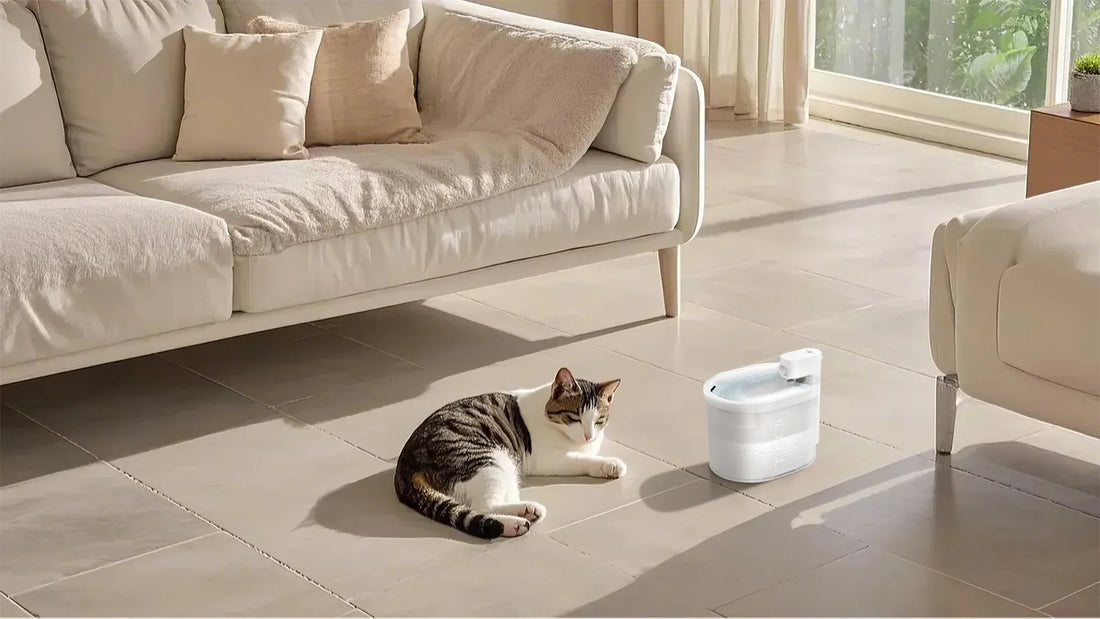Force feeding a cat is often a last resort for pet owners when their feline companion refuses to eat due to illness, stress, or other health issues. While it can be a necessary intervention, knowing when to stop force feeding a cat is crucial to avoid causing further harm or distress. This article delves into the key indicators, risks, and alternatives to help you make an informed decision about your cat's care.
Understanding the Need for Force Feeding
Force feeding is typically recommended when a cat has stopped eating for an extended period, leading to potential malnutrition or hepatic lipidosis, a severe liver condition. However, it is not a long-term solution and should only be used under veterinary guidance. The goal is to stabilize the cat's condition while addressing the underlying cause of their appetite loss.
Signs It's Time to Stop Force Feeding
Recognizing when to stop force feeding a cat is essential to prevent physical and emotional stress. Here are some signs to watch for:
- Improved Appetite: If your cat starts showing interest in food voluntarily, it may be time to reduce or stop force feeding.
- Weight Stabilization: Once your cat's weight stabilizes and they are no longer at risk of malnutrition, force feeding may no longer be necessary.
- Behavioral Changes: If your cat becomes increasingly agitated, aggressive, or stressed during feeding sessions, it’s a sign to reconsider the approach.
- Veterinary Advice: Always consult your veterinarian before making any changes to your cat's feeding routine.
Risks of Prolonged Force Feeding
Continuing to force feed a cat when it’s no longer needed can lead to several complications, including:
- Stress and Anxiety: Force feeding can cause significant stress, leading to behavioral issues or a further decline in appetite.
- Physical Injury: Improper technique can result in choking, aspiration pneumonia, or damage to the mouth and throat.
- Negative Association with Food: Cats may develop an aversion to food if force feeding is prolonged, making it harder to reintroduce normal eating habits.
Alternatives to Force Feeding
If force feeding is no longer appropriate, consider these alternatives to encourage your cat to eat:
- Appetite Stimulants: Consult your veterinarian about medications or supplements that can stimulate your cat's appetite.
- Dietary Changes: Offer a variety of foods, including wet food, broths, or treats, to entice your cat to eat.
- Stress Reduction: Create a calm and comfortable environment to reduce anxiety and encourage eating.
- Feeding Assistance Devices: Specialized feeding tools can make it easier to provide nutrition without the need for force feeding.
Monitoring Your Cat's Progress
Regularly monitor your cat's weight, behavior, and overall health to determine if force feeding is still necessary. Keep a close eye on their eating habits and consult your veterinarian for regular check-ups. Adjust their care plan as needed to ensure they are on the path to recovery.
When to Seek Professional Help
If your cat continues to refuse food or shows signs of distress despite your efforts, it’s crucial to seek professional help. Your veterinarian can assess their condition, recommend alternative treatments, or provide supportive care to address the underlying issue.
Knowing when to stop force feeding a cat is a delicate balance between providing necessary nutrition and respecting their well-being. By understanding the signs, risks, and alternatives, you can make the best decision for your feline friend. Remember, your veterinarian is your greatest ally in ensuring your cat’s health and happiness.













